Interactive Touch Screen Kiosk Features and Specifications
Features:
High-Resolution Touch Display:
Sizes: 19", 22", 32", 42", 55"
Touch Technology: Capacitive, Resistive, Infrared, Surface Acoustic Wave (SAW) Resolution: 1080p (1920x1080) to 4K (3840x2160) Multi-Touch Points: Typically supports 2 to 20 touch points | Customizable User Interface:Tailored to specific business needs Supports multilingual options Easy navigation and interactive design | Robust Hardware Components:Processor: Intel i3/i5/i7, ARM RAM: Options of 4GB, 8GB, 16GB Storage: SSD options of 64GB, 128GB, 256GB Connectivity: Wi-Fi, Ethernet, Bluetooth Ports: USB, HDMI, VGA, RS232, Audio |
Peripheral Devices Integration:Printers for tickets or receipts Barcode scanners for product information Card readers for secure payments Cameras for video interactions Speakers for audio output | Software and Applications:Operating Systems: Windows, Linux, Android Applications for payment processing, information display, ticketing, and wayfinding Integration with existing business systems (CRM, ERP, POS) Remote management for updates and maintenance | Security Features:Data encryption to protect sensitive information User authentication methods Secure payment processing |
Durable Enclosure:Materials: Metal, Plastic, Stainless Steel Weatherproof options with IP65 rating for outdoor use Anti-vandalism design for enhanced security | Power Supply:Voltage: 100-240V AC, 50/60Hz Energy-efficient components | Analytics and Data Collection:User interaction data collection Real-time analytics for business insights Feedback collection capabilities |
Specifications:
Screen Size: Available in various sizes from 19" to 55", suitable for different environments and purposes.
Resolution: High-definition displays ranging from 1080p (1920x1080) to 4K (3840x2160), providing clear and vibrant visuals.
Touch Technology: Options include capacitive, resistive, infrared, and Surface Acoustic Wave (SAW) to suit different usage scenarios and preferences.
Multi-Touch Support: Typically supports multiple touch points, enhancing user interactivity.
Processor and Memory: Equipped with powerful processors like Intel i3/i5/i7 or ARM, along with RAM options ranging from 4GB to 16GB, ensuring smooth performance.
Storage: Solid-state drives (SSDs) with capacities of 64GB, 128GB, or 256GB, offering reliable and fast storage solutions.
Connectivity: Comprehensive connectivity options including Wi-Fi, Ethernet, and Bluetooth, ensuring seamless integration and communication.
Ports and Peripherals: Multiple ports like USB, HDMI, VGA, RS232, and audio, supporting a range of peripheral devices like printers, card readers, barcode scanners, cameras, and speakers.
Operating Systems: Compatible with Windows, Linux, and Android, offering flexibility and customization in software applications.
Security: Advanced security features including data encryption, user authentication, and secure payment processing, ensuring safe and reliable transactions.
Durability: Constructed with durable materials such as metal, plastic, or stainless steel, with weatherproof options for outdoor use and anti-vandalism designs for added protection.
Power Supply: Designed to operate on 100-240V AC, 50/60Hz, with energy-efficient components for sustainable operation.
Analytics: Capable of collecting user interaction data and providing real-time analytics for business insights and improvements.

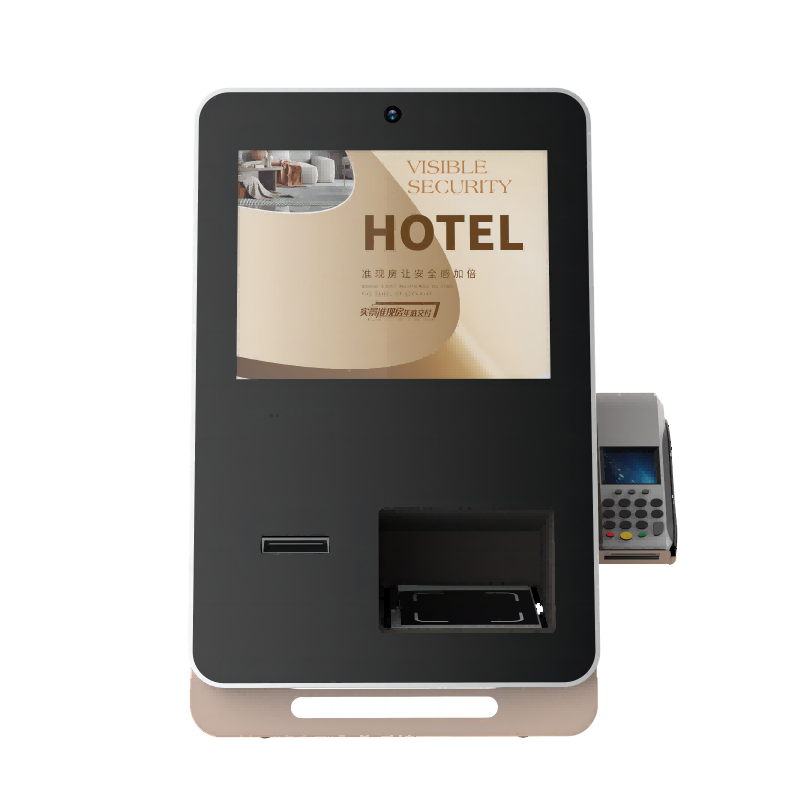
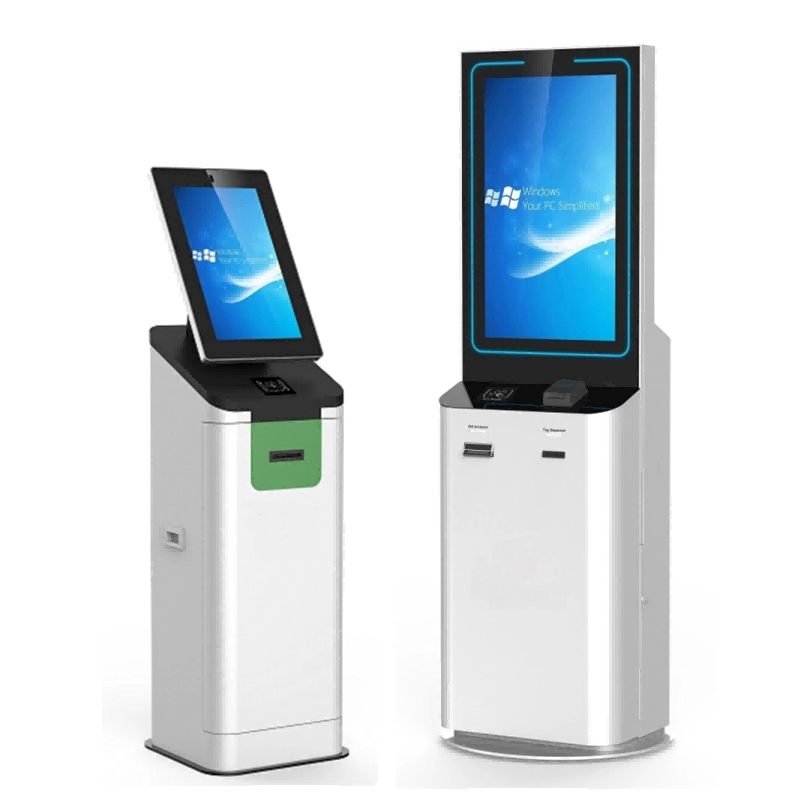
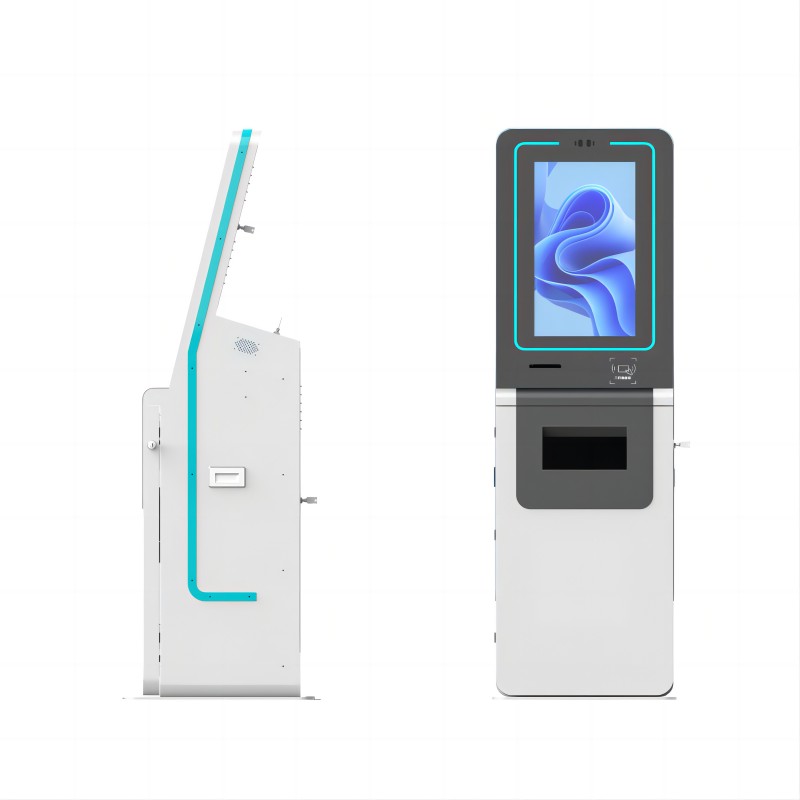
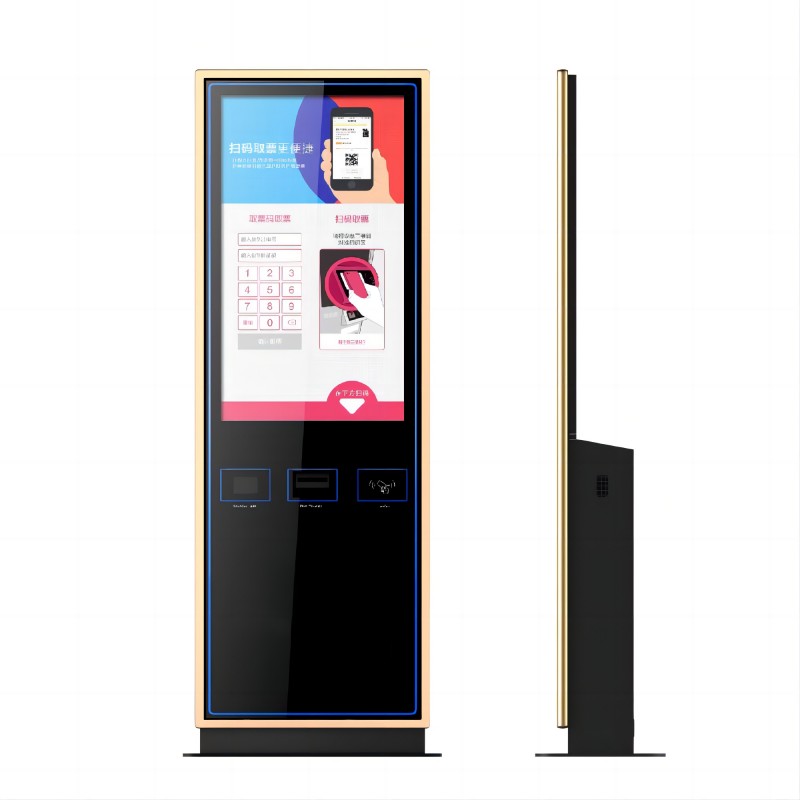

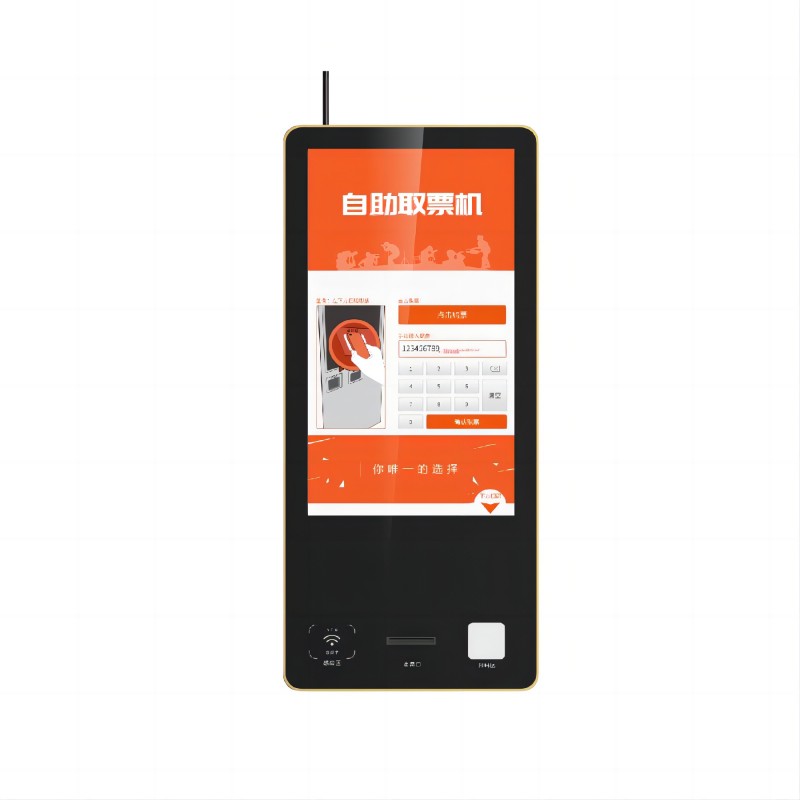
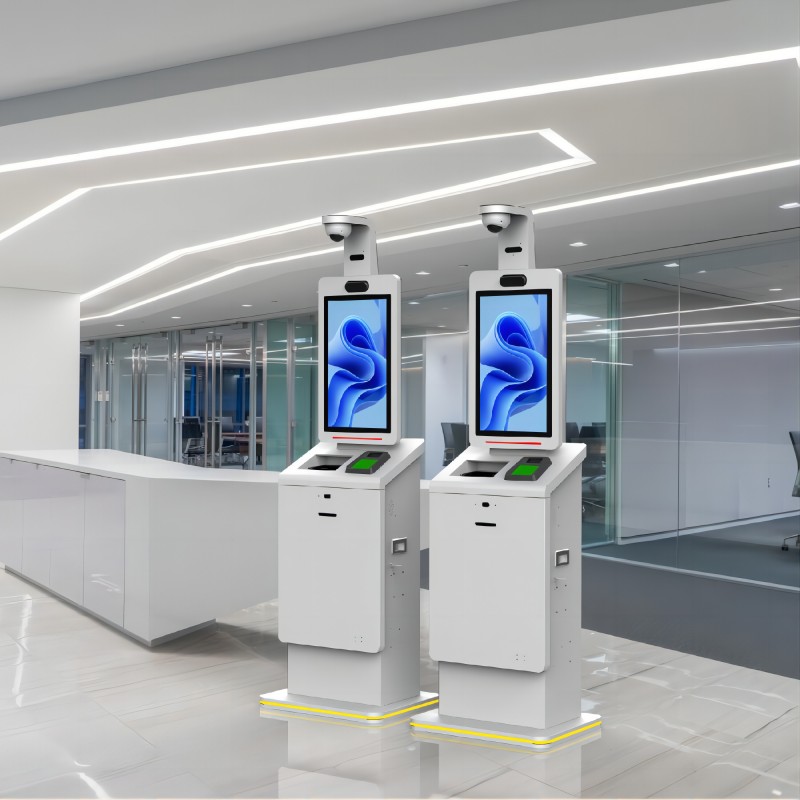
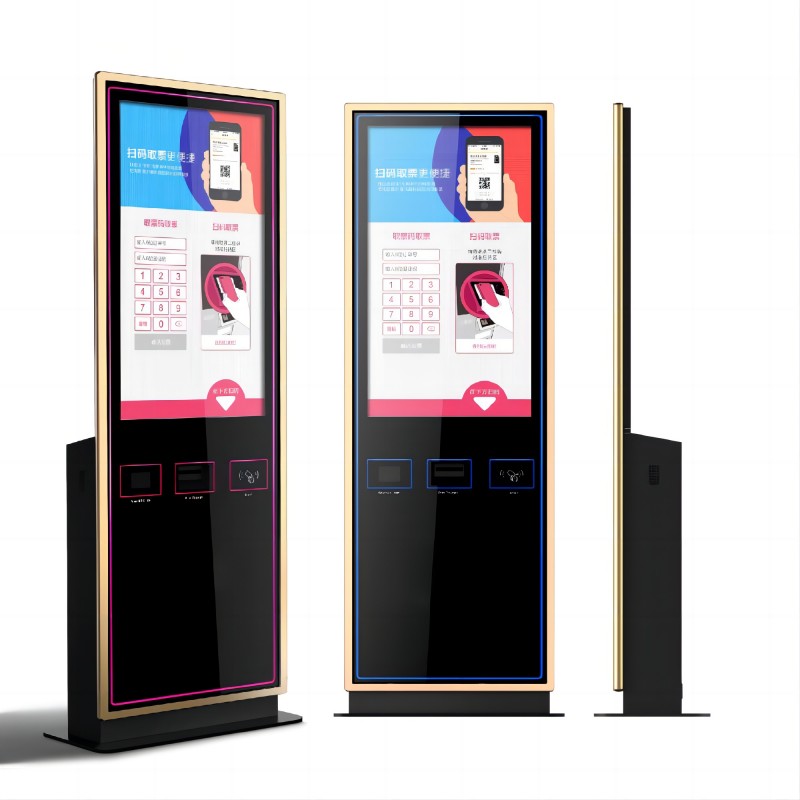
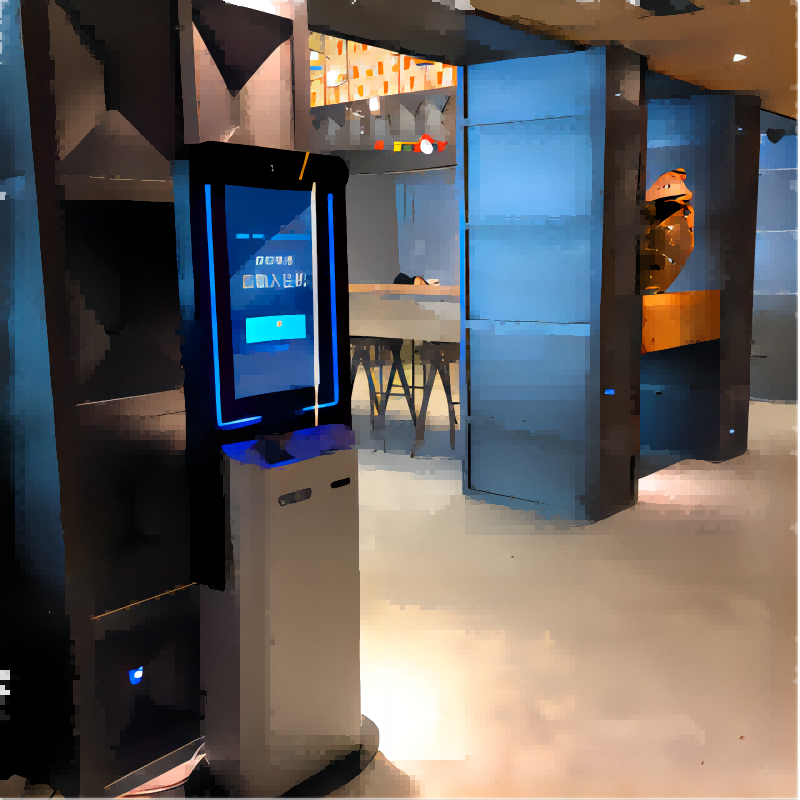
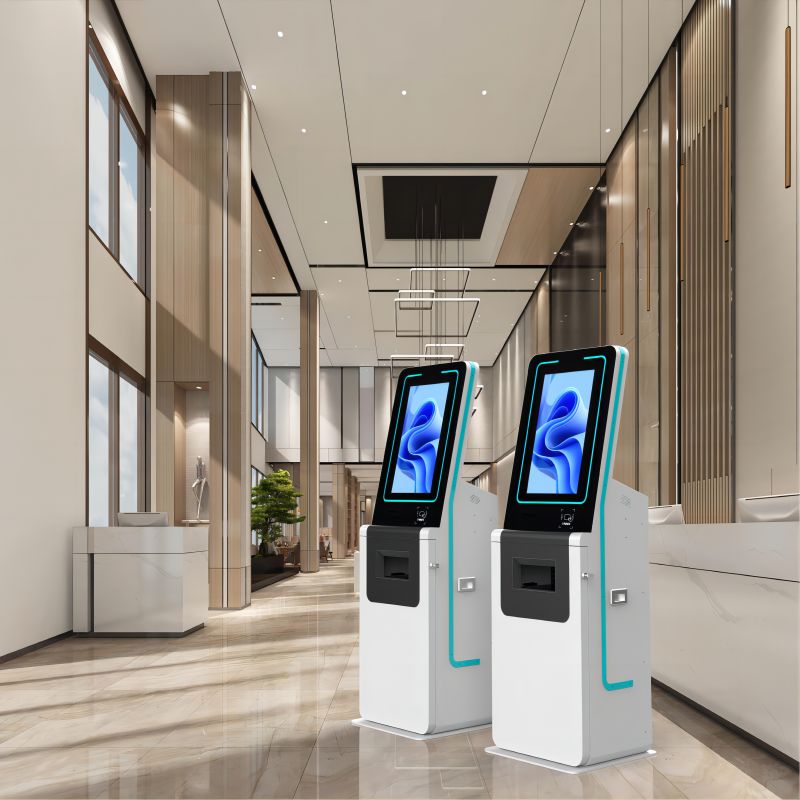
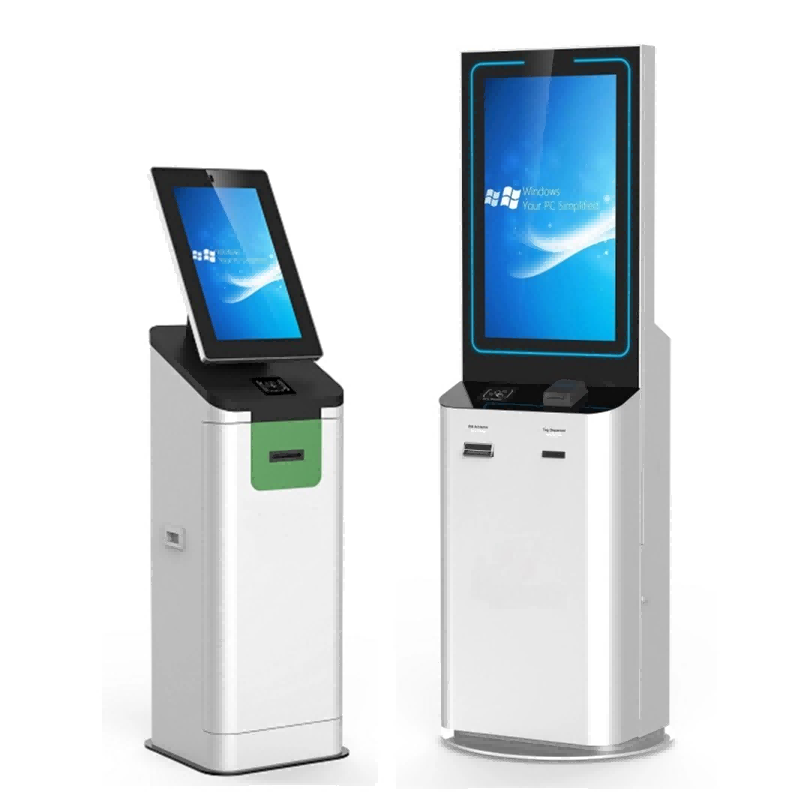
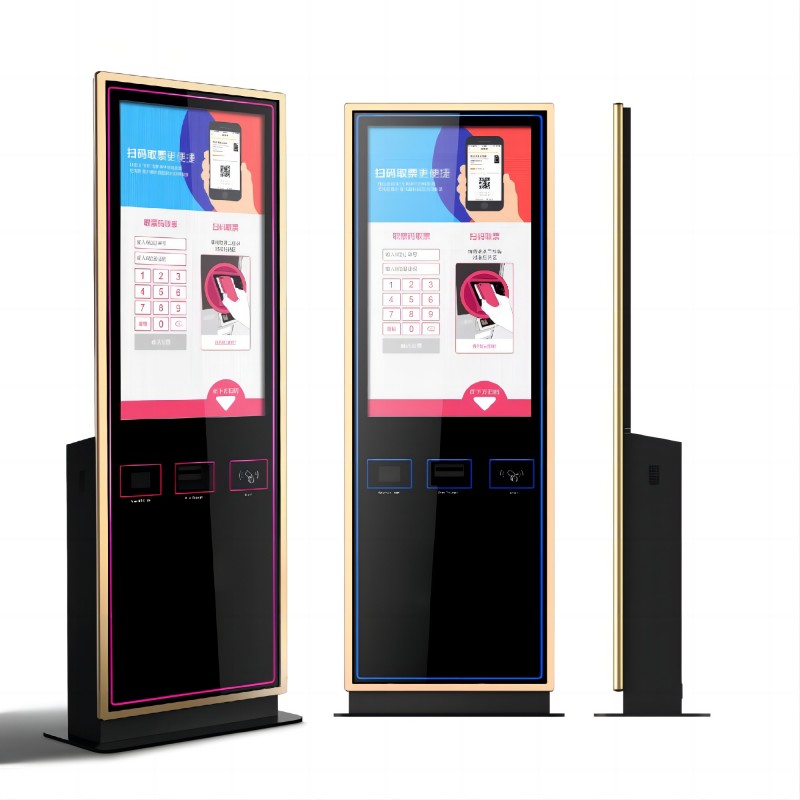
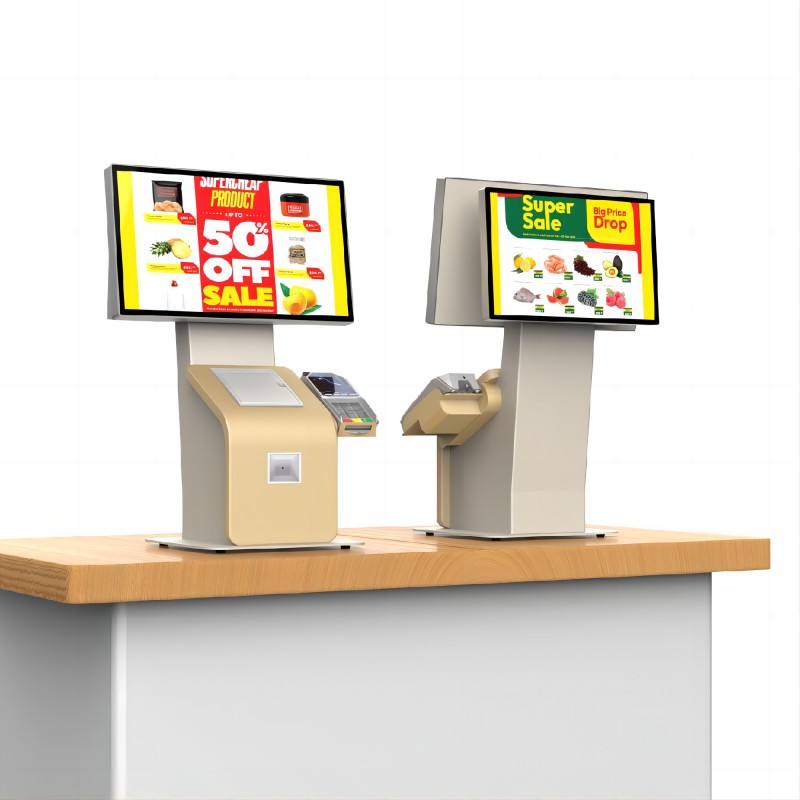
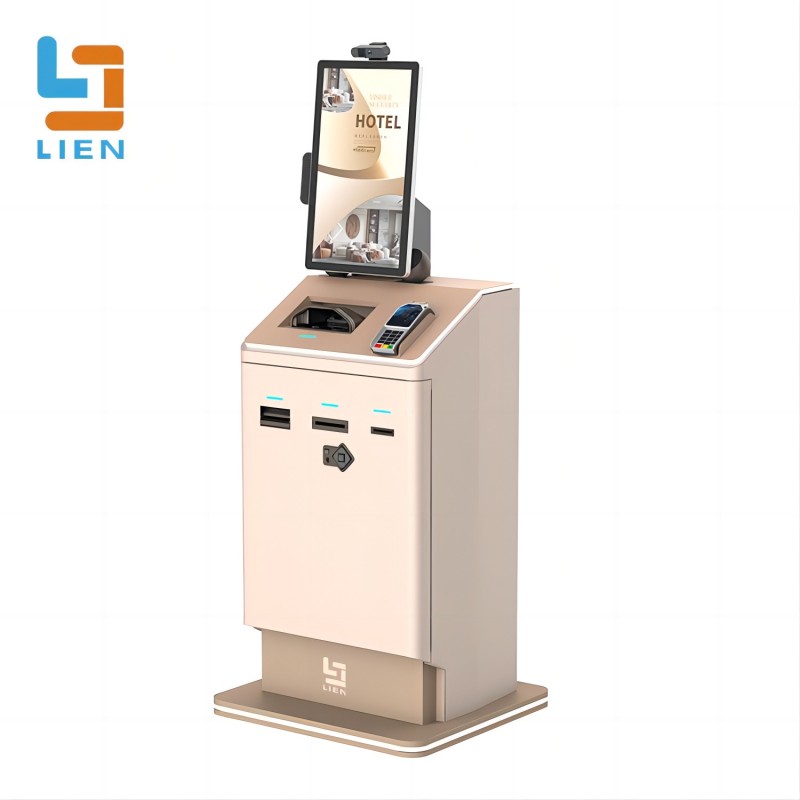
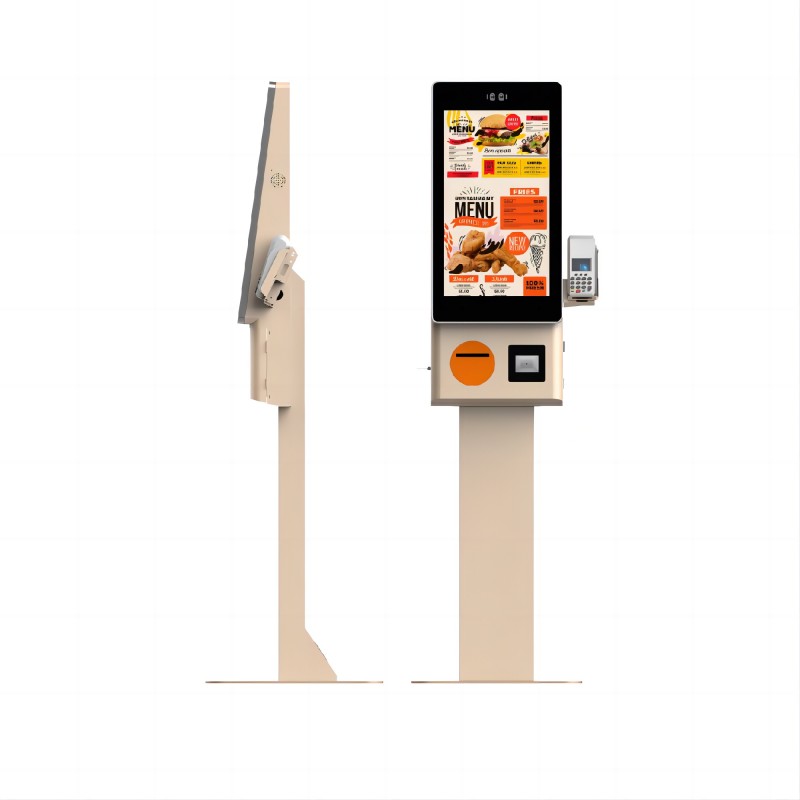
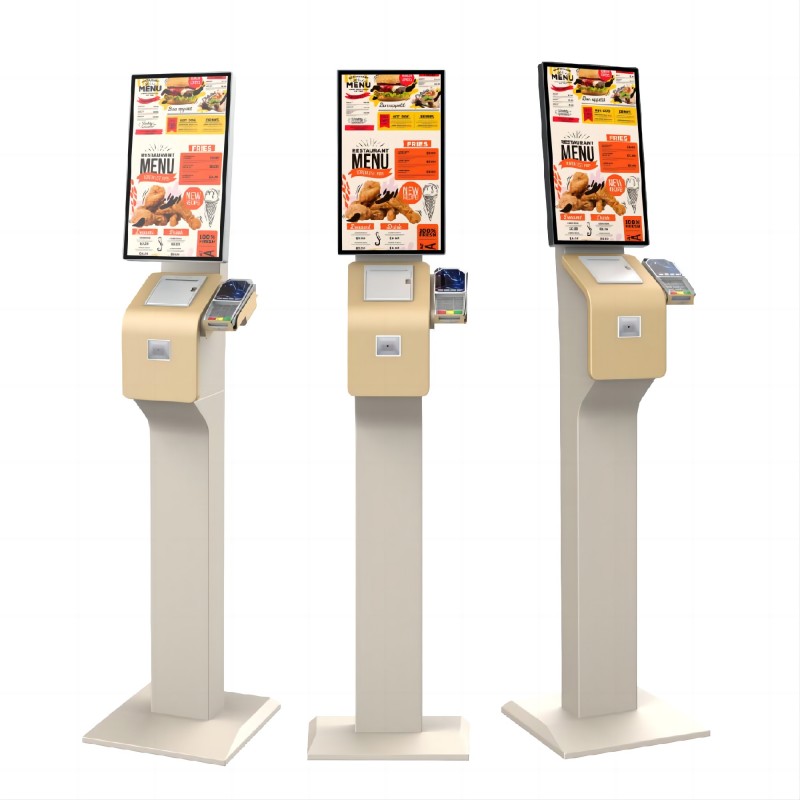
What did our happy clients say?
Exceptional User Engagement: The interactive touch screen kiosk has significantly enhanced our customer engagement. It's intuitive and user-friendly. We're extremely satisfied with the product. Thank you for the excellent service!
Efficient Operations: Our operations have become much more efficient thanks to the interactive touch screen kiosk automating routine tasks. This has freed up our staff for more critical work. Very happy with this purchase. Thanks a lot!
Reliable and Durable: The interactive touch screen kiosk's robust design and high-quality touch screen ensure it withstands heavy daily use. It's a reliable addition to our service. We couldn't be happier. Thank you for a great product!
Great Customer Support: The customer support provided for the interactive touch screen kiosk was outstanding. The installation was smooth, and any questions we had were promptly addressed. We appreciate the ongoing assistance. Thanks for the fantastic experience!